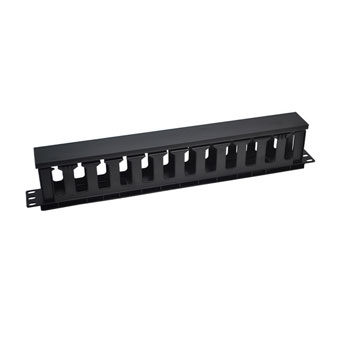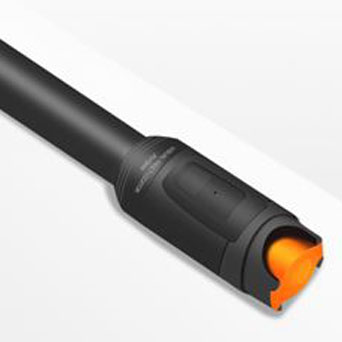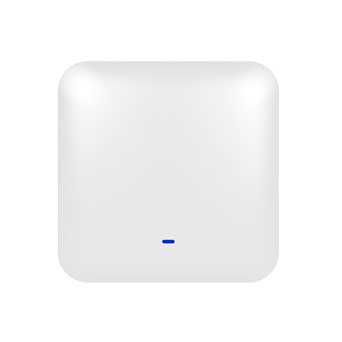Understand Fiber Optic Transceivers
Fiber optic transceiver is a communication device that converts short-distance Ethernet electrical signals and long-distance optical signals to each other, which can ensure the smooth transmission of data packets between two networks.It has two types of ports, one end is an optical fiber interface, On one end is the Ethernet interface.
Fiber optic transceivers are generally used in actual network environments where Ethernet cables cannot be covered and optical fibers must be used to extend the transmission distance, and are usually positioned at the access layer of broadband metropolitan area networks; such as: high-definition video image transmission for monitoring security engineering; At the same time, it also played a huge role in helping to connect the last mile of optical fiber to the metropolitan area network and the outer network.
As far as fiber optic ports are concerned, there are two types, one type is directly plugged into fiber optic jumpers (SC, ST, etc.adapters), and the other is plugged into optical modules (SFP, SFP+, etc.).As for the network port, it is designed as an RJ4 network cable, so what are its characteristics and applications?
The Application of Fiber Optic Transceivers
Fiber optic transceivers have the characteristics of low loss, wide frequency bandwidth, low cost, convenient maintenance, short delay, reliable working performance, etc.At the same time, they can also support ultra-wide operating temperature range and complete transmission distance (0-120 kilometers).Fiber optic transceivers can be divided into three types according to the transmission rate: 10/100M, 10/100/1000M, 1000M.According to the nature of the optical fiber used, it can be divided into: single-mode fiber optic transceiver and multi-mode fiber optic transceiver.Among them, the multi-mode fiber optic transceiver is only 550M-5KM, while the coverage of single-mode fiber optic transceiver is wider than that, at 20KM-120KM.
Fiber optic transceivers are mainly used in switches, computers, and the interconnection between switches and computers.In addition, they are also used in high-reliability data transmission fields such as telecommunications, railways, shipping, and cable TV.They are generally used in long-distance transmission program. Take SFP transceivers as an example, SFP optical transceiver can be interconnected through optical modules, which are different from ordinary fiber optic transceivers only in optical ports. It offers flexibility in transmission rate, operating distance, and fiber network type, providing maximum convenience for fiber-to-copper Ethernet conversion applications.
Characteristics of Fiber Optic Transceivers
At the same time, the fiber optic transceiver also has five features: 1.High flexibility and hot-swappable SFP port; 2.1600byte (byte) large data packet transmission; 3.Full-duplex flow control, half-duplex back pressure; 4.Link Fault Pass Through (LFPT); 5.LEDs indicate power and network status.Mainly used in telecommunications networks, schools, offices and Internet cafes and other fields.

 EN
EN



